Materials Up Close & Personal: OVER TO YOU
20 May 2020
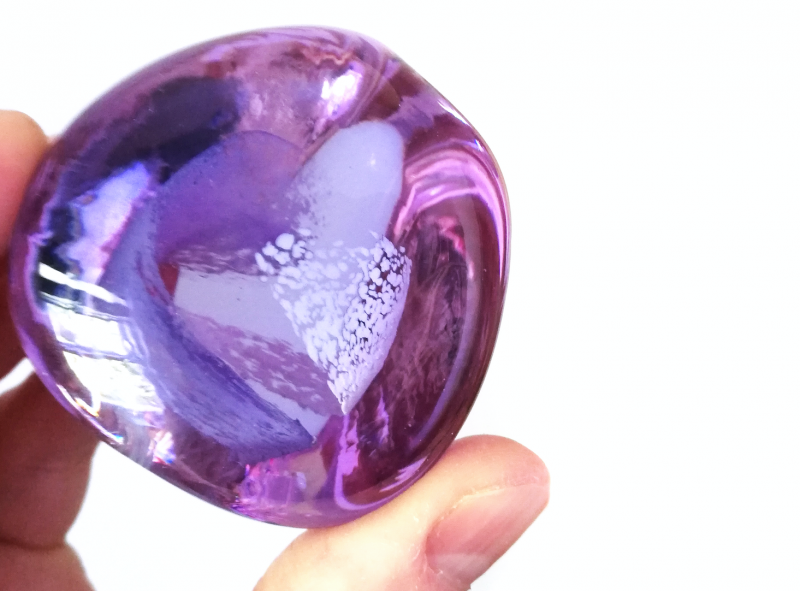
This week we have put together a medley of the wonderful materials musings that you’ve shared with us over the last five weeks.
It’s been wonderful to get a sneak peek into the substances you’ve been sharing lockdown with, and the new appreciation you’ve gained from meditating on your household matter. You’ve treated us to tales of ceramic baking beans that look like tiny (very hot) planets, special colour-changing glass pebbles picked up on travels, and the joys of a reliable, rough towel that provides reassurance at a trying time. You’ve explored skin as a material with a memory for the objects it interacts with, engineered woods that are a pleasure to make with, waxy food coverings that respond to our body heat, and the pleasures and pain associated with soap. What a fantastic bunch of materials enthusiasts you are.
Ceramic Baking Beans by Ella
Ella has been contemplating ceramic baking beans after learning how to make pastry, and realising how important they are to the whole process after one or two fails! Things that she’s noticed are: that each bean conducts heat evenly, which makes them incredibly hot to touch; that they're hygienic, and yet pastry will really stick to them if it gets half a chance; that each one has a unique surface pattern making them look like tiny planets; and that despite their name, they're not edible…
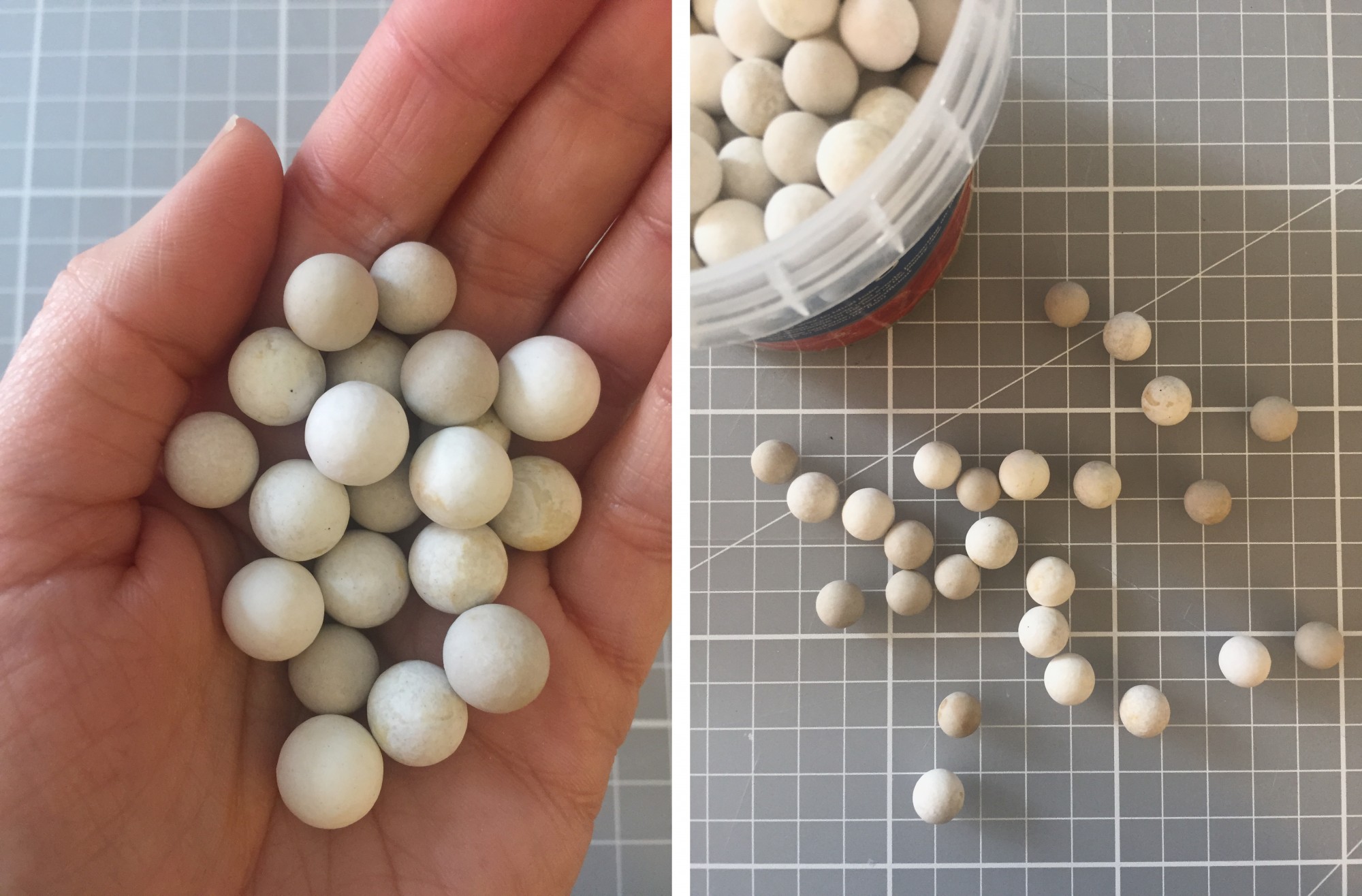
Neodymium Glass Paperweight by Andres
Andres has been admiring a very special pebble of glass that changes colour under different light sources. This paperweight hails from the furnaces of Caithness’ famous glassware factory in Scotland. It appears lilac in daylight or under LEDs, but under a fluorescent light (like an energy saving light bulb) it glows blue-green. This chameleon of a material owes it colour-changing capabilities to the neodymium oxide embedded in the glass.
Neodymium has strong absorption peaks in the yellow and green parts of the visible spectrum, so when light hits it, it absorbs the yellow-green light and reflects the rest back at us. Daylight contains the full spectrum of colours in the electromagnetic wavelength, so when the yellow light is absorbed by the neodymium, its complementary colour – purple – is reflected back at us. Fluorescent lights, on the other hand, produce white light, which is missing several wavelengths (colours) of light from the full spectrum, including red. When the neodymium absorbs the yellow part of the light, it leaves behind the blue wavelengths.
Andres recounts that glassblowers have been taking advantage of this trick since 1927, when Czech glassmaker Leo Moser first experimented with neodymium colouring agents in glass artworks. This weird and wonderful interaction between neodymium, glass and light is also used in glassblowers’ and welders’ didymium (neodymium and praseodymium) glasses, which act to block out the damaging glare of the yellow-orange flame caused by excited sodium electrons when glass is heated to high temperatures.
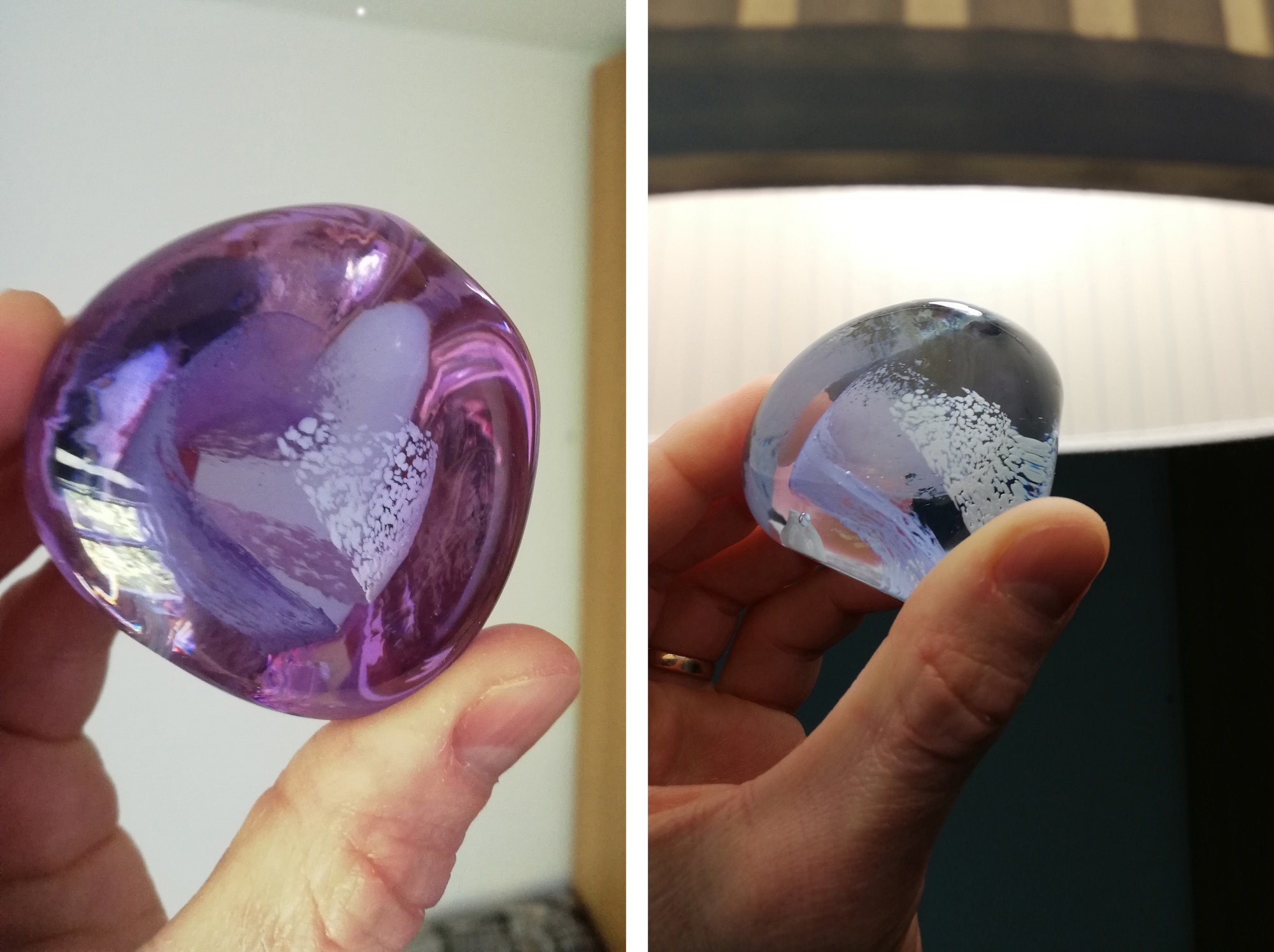
Soap by Jessi and Joanna
Jessi and Joanna went into raptures over soap – an ‘intruiguing friend or foe’ of a material that we are all particularly familiar with at the moment. It is at once soft, silky, relaxing and reassuring, whilst also making our skin incredibly dry and sore. They reflected on its many different forms – hard, soft, squidgy, crumbly, gritty, smooth and squirty - and praised its many uses beyond just cleaning: as an occasional release agent in casting, a bug deterrent in gardening, and as a lubricant for jamming in those tight-fitting screws and smoothing that juddering saw blade. And bubbles – let’s not forget it’s great for making bubbles!
Skin by Grace
Grace reflected on skin as a material that carries the memory of the stuff that it sits on, with this beautiful photo:
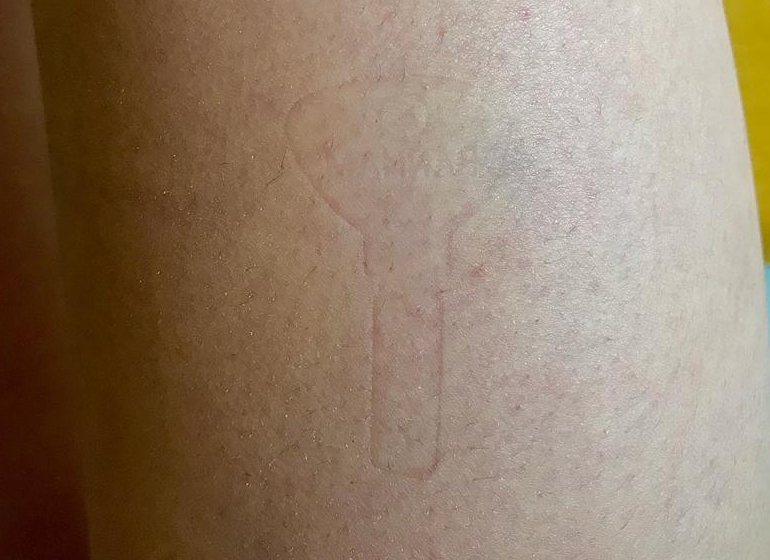
Cotton Food Wraps by Lorna
Lorna has been enjoying the reusable cotton food wraps that have been working hard to keep her food fresh for longer. These waterproof yet breathable cloths are covered in beeswax, pine resin and jojoba oil, making them sticky and clingy, but in a good way. This mix of cloth, wax, oil and resin responds to the heat from your hands, allowing you to mould it around your food in a very satisfying way.
Plywood by Rasa
Rasa piled praise on plywood: the cheap, lightweight yet highly engineered material that was so easy to shape into the desk they made. Look at those beautiful, laminated layers.
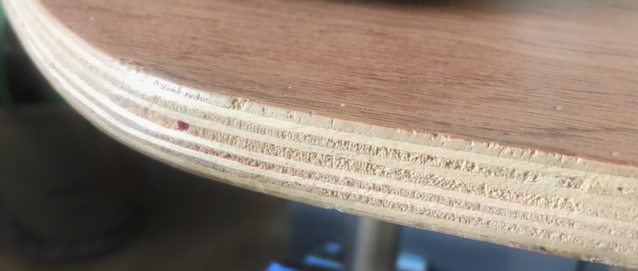
Towel by Cat
And last but not least, Cat shared reflections on a particularly satisfying towel that they can’t part with: bought from an Indian travelling salesman circa 1960 in Scotland, it’s rough, dry and fantastically absorbent - better than any soft fluffy modern towel that just moves water around your body. Because it dries quickly, it’s perfect for over-washed hands in trying, drying times.
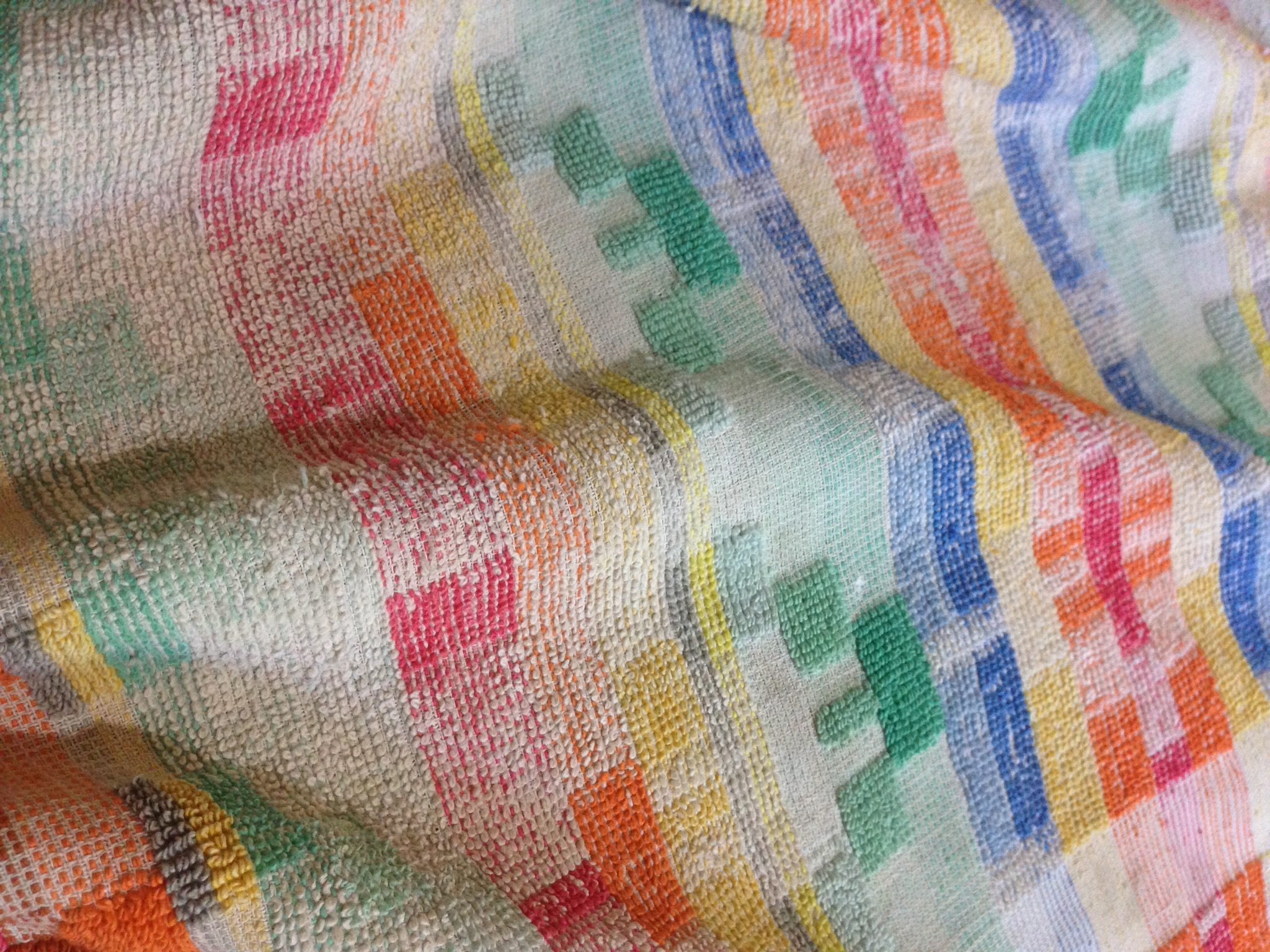
About our blog series 'Materials: Up Close & Personal'
We are excited to announce a new series of Materials Library profiles. Over the next few months our Materials Librarian Sarah Wilkes will be paying homage to those silent and humble materials that we surround ourselves with daily, but that often we don’t even notice. Every week or so, she will be exploring the expansive inner lives and backstories of the surfaces, substances and stuff around us, and sharing it with our community through our blog and social media #MaterialsLibraryUpCloseAndPersonal.
We would love you to join in too! Send us a picture of one of your favourite household substances with a few words about what you’ve noticed after spending some time getting to know your material cohabitants. We will periodically post a collection of these little gems on our website.